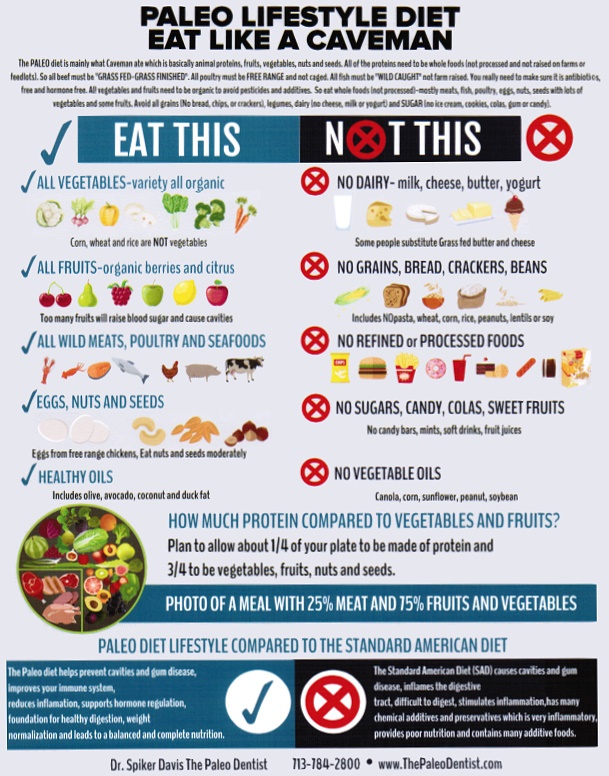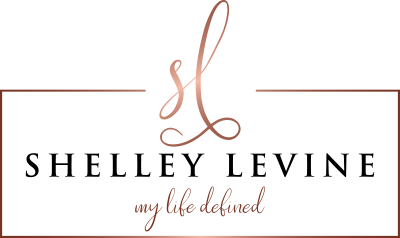How I Do Paleo
Eat like your grandparents or great-grandparents! I’m not a die-hard Paleo follower by any means, but I see the wisdom.
A paleo diet typically includes lean meats, fish, fruits, vegetables, nuts, and seeds — foods that in the past could be obtained by hunting and gathering. A paleo diet limits foods that became common when farming emerged about 10,000 years ago. These foods include dairy products, legumes, and grains.

Let’s talk about grains, specifically wheat.
According to Wheat Belly author Dr. William Davis, “this thing being sold to us called wheat—it ain’t wheat. It’s this stocky little high-yield plant, a distant relative of the wheat our mothers used to bake muffins, genetically and biochemically light-years removed from the wheat of just 40 years ago.”
“And now scientists are starting to connect modern wheat with all manner of chronic digestive and inflammatory illnesses.”
So who can argue with:
- lean meats and fish with no added hormones, antibiotic-free, pastured, and grass-fed meats (pastured does not necessarily mean grass-fed)
- sustainable seafood
- fresh (low glycemic) organic vegetables and fruit
- cage-free organic eggs
- raw nuts.
The following excerpt is from an article by Mayo Clinic Staff.
“The aim of a paleo diet is to return to a way of eating that’s more like what early humans ate. The diet’s reasoning is that the human body is genetically mismatched to the modern diet that emerged with farming practices — an idea known as the discordance hypothesis.
Farming changed what people ate and established dairy, grains, and legumes as additional staples in the human diet. This relatively late and rapid change in diet, according to the hypothesis, outpaced the body’s ability to adapt. This mismatch is believed to be a contributing factor to the prevalence of obesity, diabetes, and heart disease today.
Recommendations vary among commercial paleo diets, and some diet plans have stricter guidelines than others. In general, paleo diets follow these guidelines.
What to eat
- Fruits
- Vegetables
- Nuts and seeds
- Lean meats, especially grass-fed animals or wild game
- Fish, especially those rich in omega-3 fatty acids, such as salmon, mackerel and albacore tuna
- Oils from fruits and nuts, such as olive oil or walnut oil
What to avoid
- Grains, such as wheat, oats, and barley
- Legumes, such as beans, lentils, peanuts, and peas
- Dairy products
- Refined sugar
- Salt
- Potatoes
- Highly processed foods in general
A typical day’s menu
Here’s a look at what you might eat during a typical day following a paleo diet:
- Breakfast. Eggs (your way), bacon and cantaloupe. OR Spinach and blueberry smoothie.
- Lunch. Broiled lean pork loin and salad (romaine, carrot, cucumber, tomatoes, walnuts, and lemon juice dressing).
- Dinner. Lean beef sirloin tip roast, steamed broccoli, salad (mixed greens, tomatoes, avocado, onions, almonds, and lemon juice dressing), and strawberries for dessert.
- Snacks. An orange, carrot sticks, or celery sticks. Or a handfull of nuts.
The diet also emphasizes drinking water and being physically active every day.
Allan and I try to stay close to the above list while avoiding salt, refined sugars, dairy, and anything processed or artificial. We limit grains and legumes. We’re Gluten-Free (because we choose to be.) We use healthy oils. TRY is the operative word. Do the best you can.”
